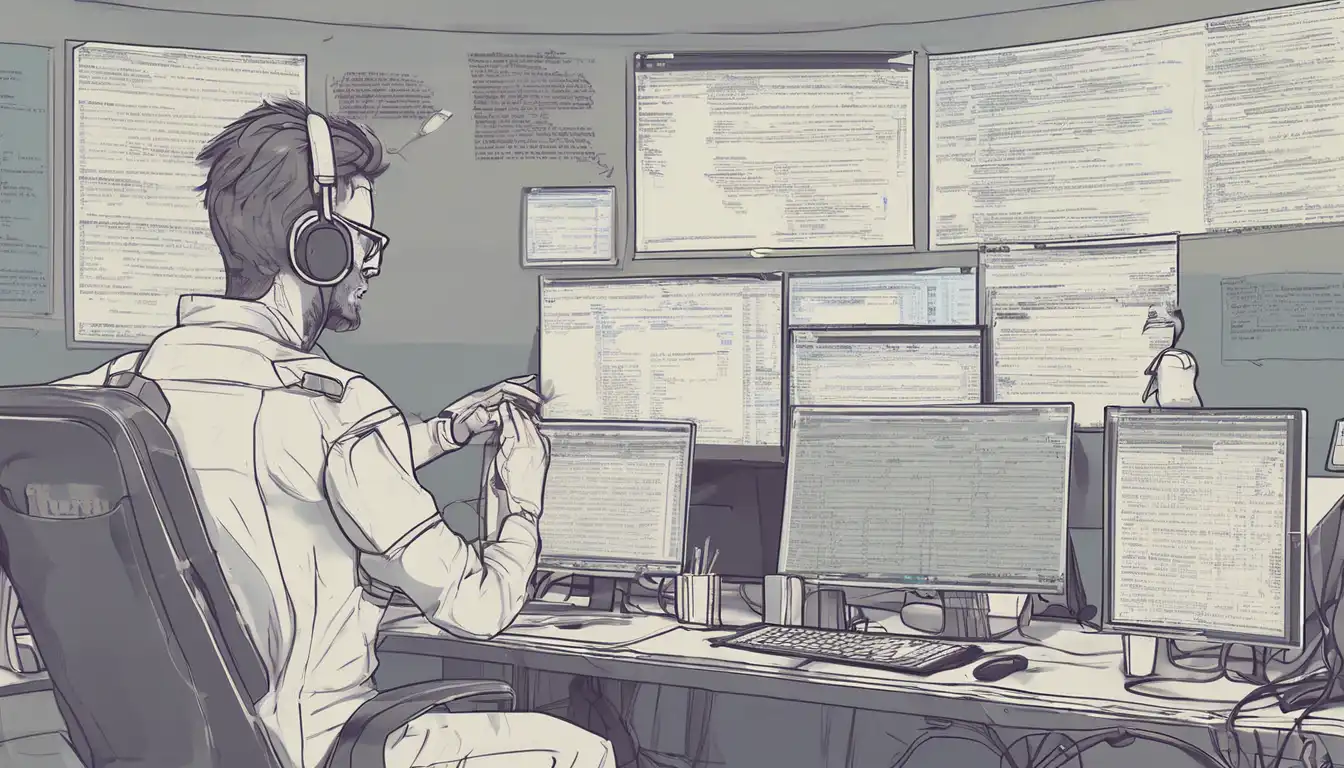Introduction to Professional Code Debugging
Debugging is an essential skill for any programmer, yet many struggle with it. This guide will walk you through the professional techniques to identify and fix bugs in your code efficiently.
Understanding the Debugging Process
Before diving into debugging, it's crucial to understand what it entails. Debugging is the process of identifying, analyzing, and removing errors or bugs from software or hardware.
Essential Debugging Tools
There are several tools available that can make debugging easier. Here are some of the most popular ones:
- Integrated Development Environments (IDEs) like Visual Studio Code and IntelliJ IDEA
- Debugging tools such as GDB for C/C++ and PDB for Python
- Logging frameworks to track the execution flow
Step-by-Step Debugging Techniques
Follow these steps to debug your code like a pro:
- Reproduce the Bug: Ensure you can consistently reproduce the bug to understand its behavior.
- Isolate the Problem: Narrow down the code section where the bug occurs.
- Use Breakpoints: Set breakpoints to pause execution and inspect variables.
- Check the Logs: Review application logs for any errors or unusual behavior.
- Fix and Test: After identifying the bug, make the necessary changes and test thoroughly.
Common Debugging Pitfalls to Avoid
While debugging, it's easy to fall into certain traps. Here are some common pitfalls:
- Making assumptions about the code's behavior without verification
- Ignoring the importance of a clean and reproducible test case
- Overlooking the simplest solutions
Advanced Debugging Strategies
For more complex issues, consider these advanced strategies:
- Binary Search: Divide the code into halves to quickly locate the bug.
- Rubber Duck Debugging: Explain your code line by line to an inanimate object to spot errors.
- Peer Review: Sometimes, a fresh pair of eyes can spot what you've missed.
Conclusion
Debugging is a skill that improves with practice and patience. By following the techniques outlined in this guide, you'll be able to tackle bugs more effectively and become a more proficient programmer. Remember, the goal is not just to fix the bug but to understand why it occurred in the first place to prevent similar issues in the future.
For more insights into programming and software development, check out our other articles on coding best practices and software development tips.
